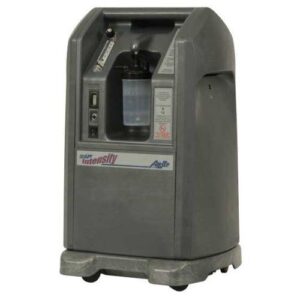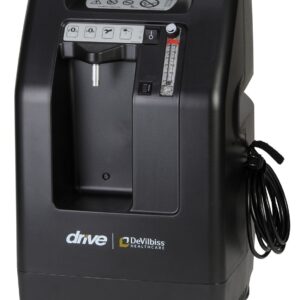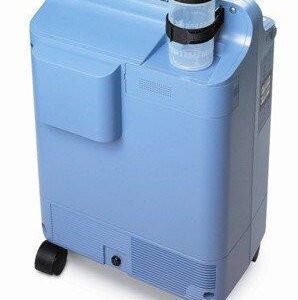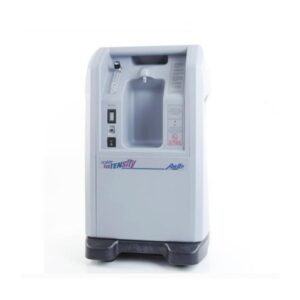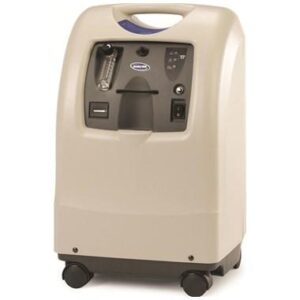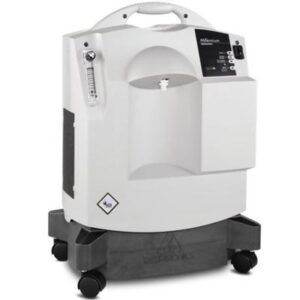Respiratory Equipment
Equipping yourself with adequate respiratory supplies can protect the health of your lungs and improve the air in your environment. With proper breathing therapy and our respiratory equipment, you can alleviate your breathing obstacles, allergies, and asthma.
Oxygen contractors are portable and convenient, providing users who suffer from any lung disease with purified air. Oxygen concentrators are cost-effective and allow oxygen therapy to be home-based.
They concentrate and filter the regular air found in rooms. They can be either portable or stationary. A portable concentrator allows the user to be mobile and carry the concentrator around, both indoors and outdoors. They either run on batteries or are charged through a power cord.
Stationary concentrators have to be plugged in constantly but can still be wheeled around the house, as much as the chord allows it.
What to consider when buying an oxygen concentrator
There are four things to consider when buying an oxygen concentrator at ReMED. They are:
- The performance of the battery and its lifecycle;
- Whether you’ll be traveling with your concentrator or not;
- The weight of the concentrator;
- The concentrator’s oxygen delivery;
If your oxygen concentrator runs on batteries, the battery size, life, and settings will vary from unit to unit. Low-pulse dose settings, as opposed to high-continuous flow settings, will result in longer life of a battery.
It’s also true that batteries can degrade over time. For example, a lithium-ion battery can be charged up to 300 times, after which some degradation will start to appear.
If you plan to travel with your concentrator, you should first consult your doctor about it. Some locations will have extreme temperatures, different altitudes than your hometown, or damp environments, impacting which oxygen equipment you opt for.
As far as the weight of the portable oxygen concentrator is concerned, the lightest will weigh up to 2 pounds, whereas those that are more powerful can weigh up to 20 pounds. Those that weigh more than 8 pounds come along with a travel cart with wheels usually.
Finally, the oxygen delivery of your concentrator should be your fourth main concern. There are two types of portable oxygen concentrators with different performances:
- Pulse dose only;
- Pulse and continuous flow;
The word “pulse” here stands for delivery of oxygen to the user in short spurts instead of a continuous flow of oxygen delivery. These short spurts are called “a bolus.” A concentrator with a pulse dose only comes with smaller and lighter compressors that extend the battery’s life.
Those with pulse and continuous flow have both of the options mentioned above that a button press determines. Their main benefit is that they allow the user to choose between these two types of oxygen delivery and opt for the most convenient one.
How does an oxygen concentrator work?
With these two options for oxygen delivery, an oxygen concentrator is primarily a device that provides the user with proper oxygen therapy. By inhaling oxygen from an oxygen concentrator, users can keep the balance of oxygen stable in their blood.
Oxygen concentrators fall under the category of medical equipment, and their essential function is to compress air from the room to deliver it to the patient in a purer form. Oxygen concentrators, as opposed to oxygen tanks, deliver a continuous supply of oxygen.
They can never run out if the concentrator is plugged into a socket or powered by a battery. Oxygen concentrators are sometimes also referred to as oxygen machines, or oxygen generators, providing users with a continuous oxygen stream on the go.


